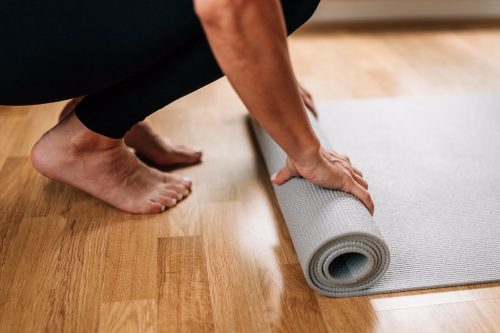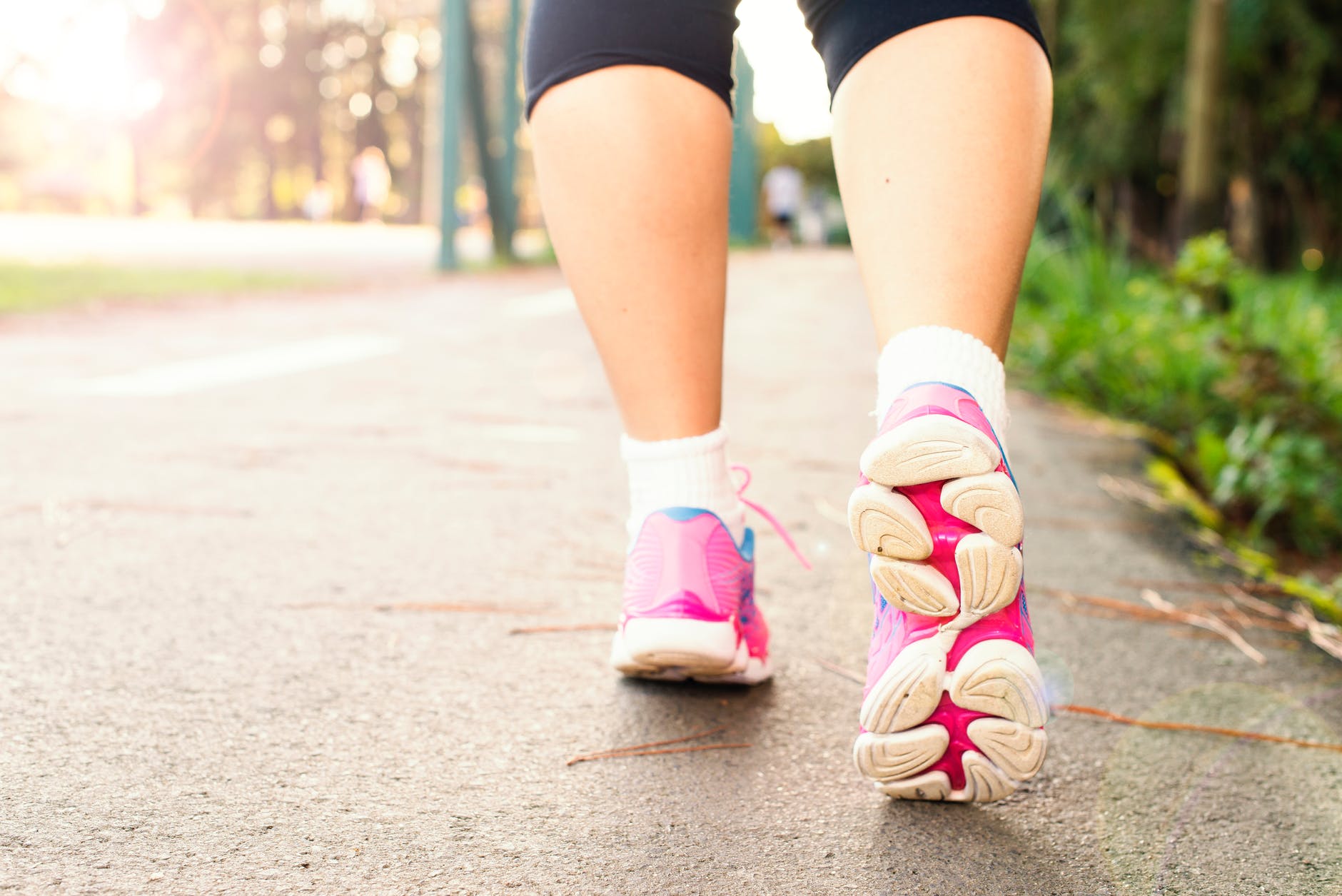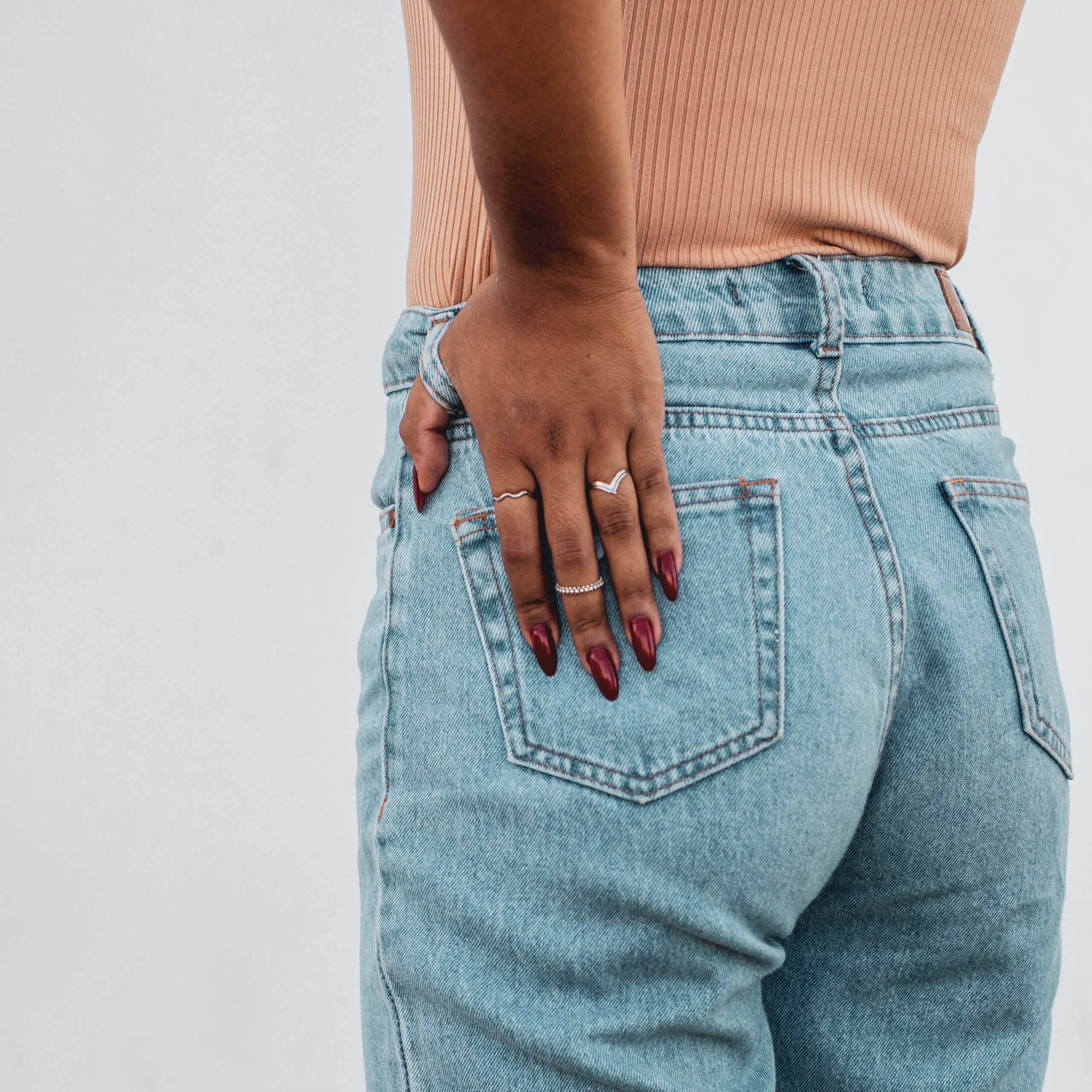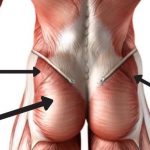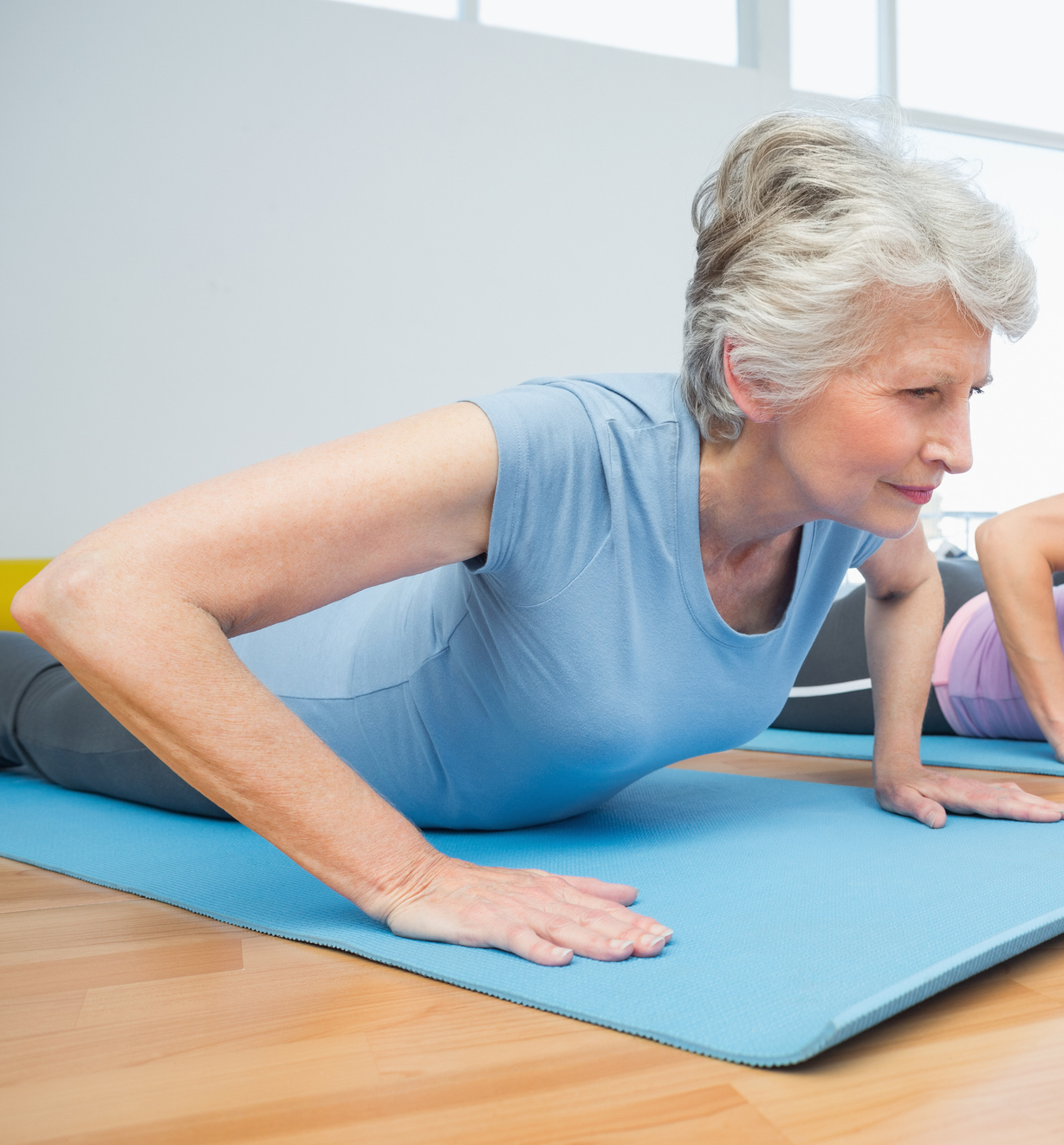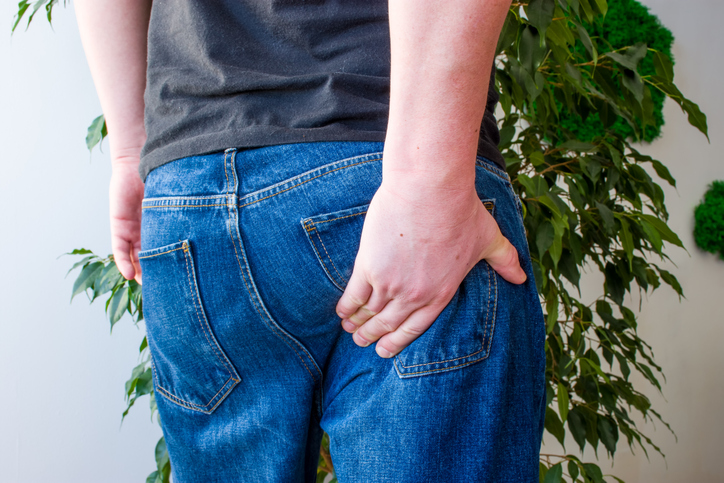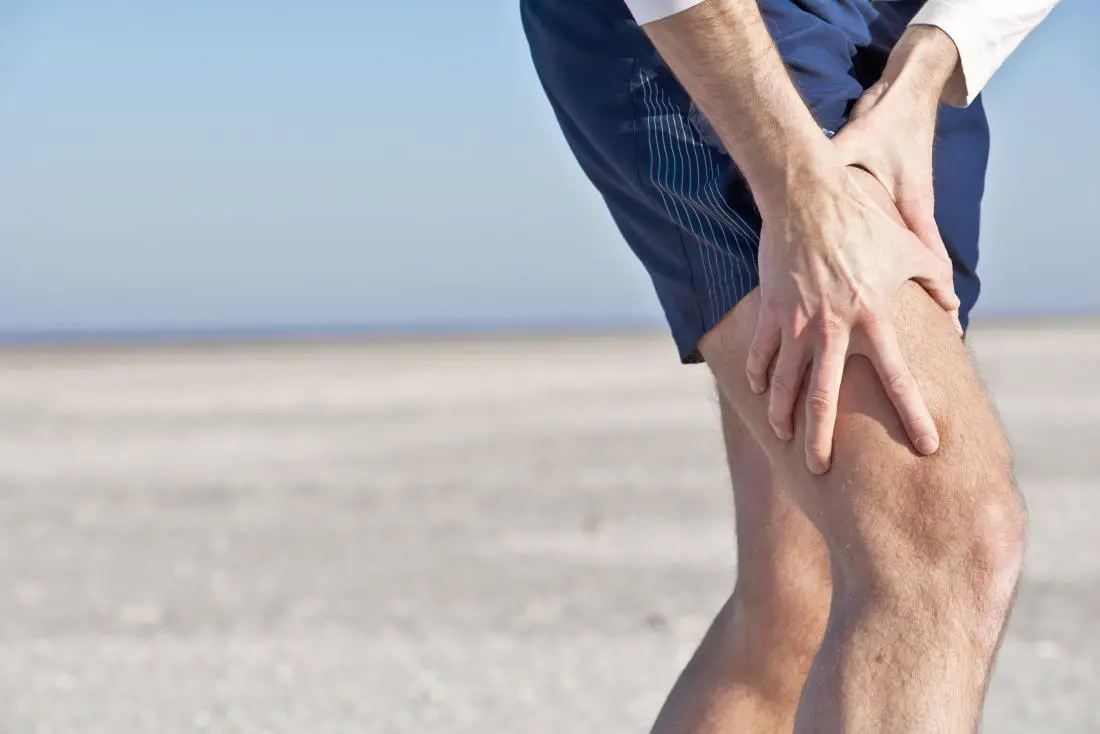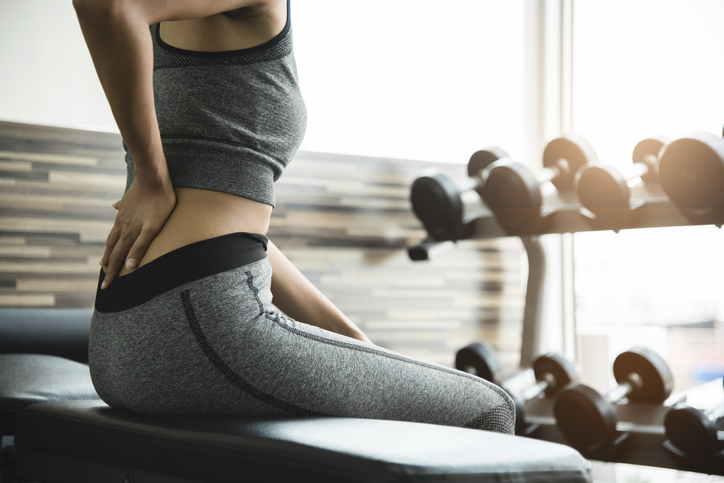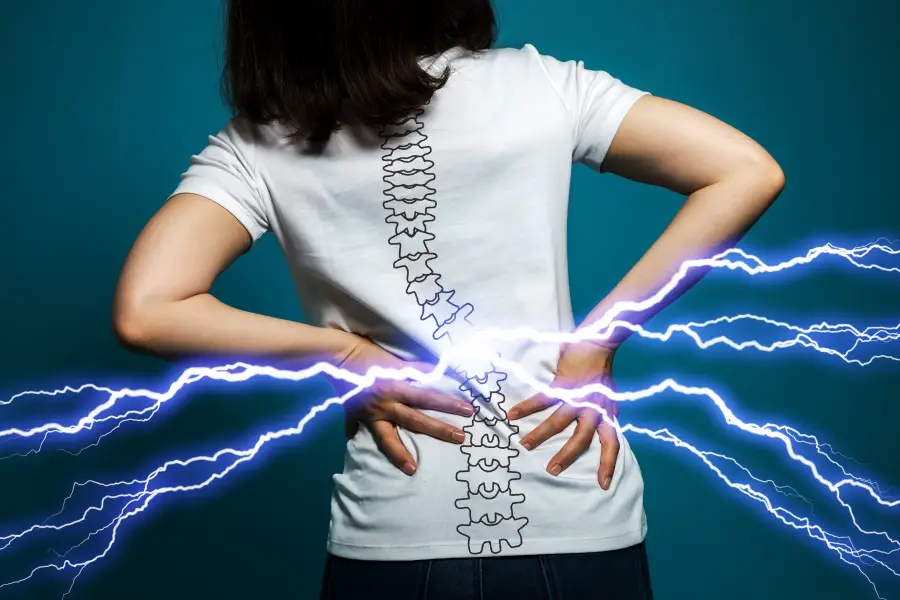If you're one of the many people who suffer from buttock tendonitis, you know how painful and debilitating this condition can be.
La gluteus medius tendonitis is a common condition which can cause great pain and discomfort. Not only is walking or standing difficult, but sitting can also be very uncomfortable.
There are exercises, however, that can help ease your symptoms, so you can do what you love again! In this article, we are going to talk about the importance of activities and present some of activities which have been shown to be most effective in treating gluteus medius tendonitis.
Gluteus medius muscle: Definition and anatomy
Le gluteus medius muscle is a big muscle fan-shaped located in the posterior part of the hip, extending from the ilium to the proximal femur. Along with the gluteus maximus, gluteus minimus and tensor fascia lata muscles, it is part of the muscles of the gluteal region.
Le gluteus medius muscle has several functions. It acts on the hip joint by producing two movements: its anterior part rotates the thigh internally, while the contraction of the entire muscle causes the thigh to lift to the side (abduction).
En outre, le gluteus medius muscle stabilizes the pelvis when standing or walking. This is especially important when walking on uneven surfaces, as it prevents the basin to tilt to one side.
The gluteus medius plays a vital role in maintaining our balanced and our stability when we move. Without it, we would constantly tip to one side with every step we take!
Understanding its anatomy and function is essential for anyone who wants to keep their hips healthy and mobile.
gluteus medius tendonitis
In medical terms, tendinitis is defined by theinflammation of a tendon. A gluteus medius tendonitis is therefore the attack of the tendon of the gluteus medius.
The causes of this condition are often unknown. However, we observe more gluteus medius tendonitis in athletes. This suggests an origin linked to repetitive strain injuries. Overexertion can also cause gluteus medius tendonitis.
The symptoms of gluteus medius tendonitis boil down to pain when the gluteus medius muscle is used. This pain can be located in different areas:
- on the hip;
- on the outer side of the hip: both sides may be painful;
- on the back of the buttocks.
- The pain may radiate to the outer part of the thigh, and even to the foot.
To know everything about gluteus medius tendonitis, see the following article.
The importance of physical exercise after an injury
One of the most important things you can do after an injury is toexercise. It may seem counterintuitive, but getting your body moving again will help you heal.
THEexercise helps increase blood flow to the injured area, which carries important nutrients and oxygen that promote healing.
Here's how the activities for gluteus medius tendonitis can help you after an injury:
- The activities increase blood flow to the affected area. This helps bring more oxygen and nutrients to the area, which speeds up the healing process.
- The exercises stretch and strengthen the muscles and tendons around the injury. This helps support the joint and prevents further damage.
- The activities improve range of motion and flexibility. This can help you return to normal activities more quickly after an injury.
- Exercises can help relieve pain. By stretching and strengthening the muscles around the injury, exercises for tendonitis du gluteus medius can help relieve pressure on the injured area.
- The activities gluteus medius tendonitis can help prevent future injuries. By strengthening the muscles around the joint, activities for gluteus medius tendonitis can help protect the joint.
Exercises for gluteus medius tendonitis
There are specific exercises for gluteus medius tendonitis that can help relieve your symptoms and promote healing. Here is a list of some of the activities the most effective:
- Slips on the heels: Start by lying on your back with your legs straight. Slowly bend one knee and slide your heel toward your butt. Hold this position for five seconds, then return to the starting position. Repeat 10 times on each leg.
- hip abduction : Start with a band around your ankles and your legs shoulder-width apart. Keeping your legs straight, lift one leg to the side as far as you can. Hold this position for five seconds, then return to the starting position. Repeat 10 to 15 times on each leg.
- clam shells : Start by lying on your side with a band around your thighs, just above your knees. Keeping your feet together, raise your top knee as high as you can. Hold this position for five seconds, then return to the starting position. Repeat 10 times on each side.
- Fire hydrants : Start on all fours with a band around your thighs, just above your knees. Keeping your right leg bent at a 90 degree angle, lift your leg sideways and up. Hold this position for five seconds, then return to the starting position. Repeat 10 to 15 times on each side.
- Side Lying Leg Raise : Start by lying on your side with your. Bend the knee and hip so that your foot is aligned with your buttocks. By keeping the muscles Abs tight, raise your leg as high as you can. Hold this position for five seconds, then return to the starting position. Repeat 10 to 15 times on each side.
All of this activities for gluteus medius tendonitis can help strengthen the muscles around the hip joint and relieve the pain of buttock tendonitis.
However, be sure to consult a medical professional before starting any exercise program.
Contraindications
There are a few contraindications to be aware of when exercising the gluteus medius muscle. First, if you suffer from gluteus medius tendonitis, you should avoid any exercise that overstrains the tendon. This involves exercises that increase the pain, and that the pain does not go away after a short period of rest.
Then, if you have any other injuries or chronic conditions in the lower body, you should consult your doctor before starting any new ones. activities.
In short, if you feel pain in the gluteus medius muscle while exercising, stop immediately and consult a healthcare practitioner.
With these precautions in mind, you can begin to safely incorporate activities for the gluteus medius muscle to your routine.

